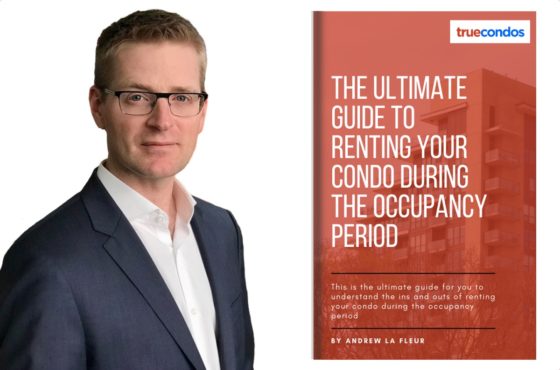4 Incredible Facts You Didn’t Know About the Toronto Condo Rental Market

The numbers are in.
Urbanation just released their UrbanRental Report for Q4-2014.
Unfortunately you can’t read the report unless you are a paying subscriber like me, but nonetheless I wanted to share with you some thoughts I had on the findings.
Most of the headlines in the mainstream media are essentially saying the same thing about this report: the condo rental market is (still) very strong.
We already know that, especially those of us in the market actively investing our own money, so I wanted to look behind the numbers to see what’s really going on in the market.
Here’s what I found most interesting:
1. Condo rentals have more than doubled over the last 5 years.
In 2014, nearly 23,000 condos were rented out through the MLS system which was an all time high and an increase of 15% from 2013.
In 2010, just 5 years ago, only 10,630 condos were rented out on the MLS system. This means the rental market has more than doubled in size.
2. New condo completions are at all time highs but yet rental rates continue to go up.
Rental prices on a per square foot basis were up 1.0% for the fourth quarter. Not as high as Q4-2013 where the increase was 3.5% over the previous year, but still, if you are a landlord you are likely not complaining.
To me, this is really the most amazing fact about the market, and the one that continues to make me bullish on the future of the market – if prices can continue to rise in a market where the number of completions is at all time highs, then they should continue to rise for many years to come.
3. 100% Investor-owned buildings are not necessarily a bad thing
Urbanation pulled some interesting stats that looked at the buildings that were newly registered that had the highest percentage of units rented out on the MLS.
A high percentage of units rented out in a brand new building would indicate that most of the units were sold to investors (as opposed to end-user buyers who move into the units themselves).
There was on building in Liberty Village that registered in December 2013 and Urbanation tracked 256 leases in the building via MLS or 58% of the building. This building sold out in a matter of days back in 2010 through the Chinese Realtor community, and at the time it was known that everyone buying were strictly investors.
You would think that a building like this where you have a HUGE supply of similar units all going up for lease around the same time would result in depressed rental rates but in fact they averaged $2.60 per square foot which is pretty much exactly in line with the Liberty Village average rate.
And we’ve seen this time and time again in many buildings where there is a heavy concentration of investor buyers who are all renting their units at the same time – the prices are not greatly affected by this surge in supply and the inventory gets absorbed very quickly.
So while as a general principle it’s better to invest in a building where there is a lower number of investor-buyers therefore less competition when you go to rent out your unit, these figures are proof that if you buy the right product (i.e. highly rentable floor plans that are affordable) in the right location (places where leases:listing ratio is high), and for the right price (i.e. below current resale values when buying pre-construction) you can still do very well even in a building with 100% investor owners.
4. Downtown is still the best place to invest
Overall the Q4 rental rates are up 1.0%, but sub-markets like Cityplace (5.0%), Downtown Core (2.8%), Entertainment District (2.7%) and Downtown East (1.8%) all out performed the GTA average.
This is something I’ve been preaching for years – invest your money downtown. Downtown is where the most growth is going to happen in the next decade and downtown is where the highest demand will always be.
Rule of thumb: anything that meets one or more of the following criteria will likely always have very high rental demand:
1) on the Yonge Street subway line,
2) within a 20 minute walk to a major employment area,
3) within a 10 minute walk to major university or college campus.



